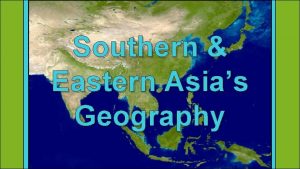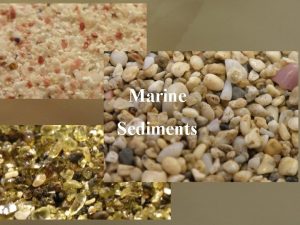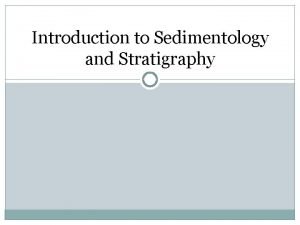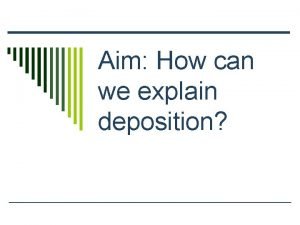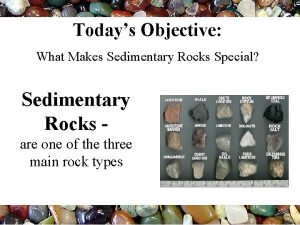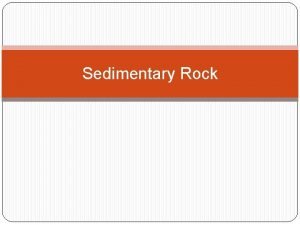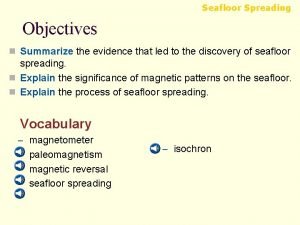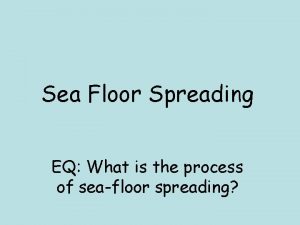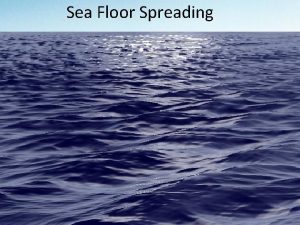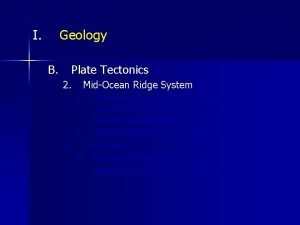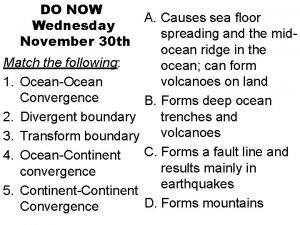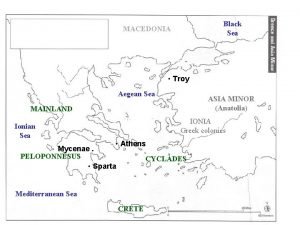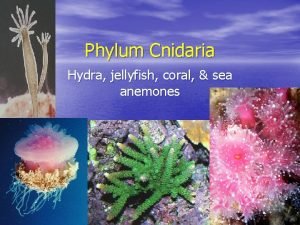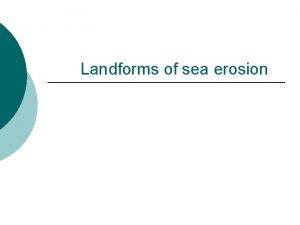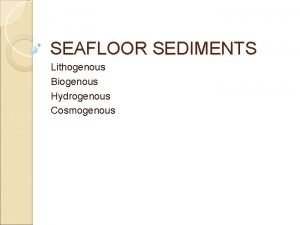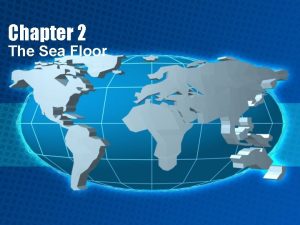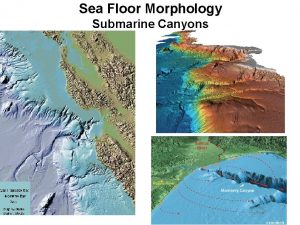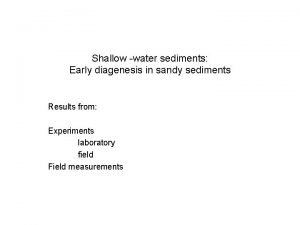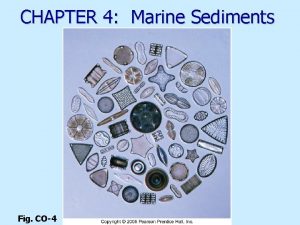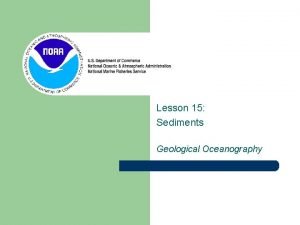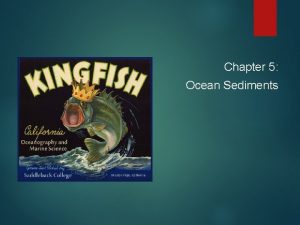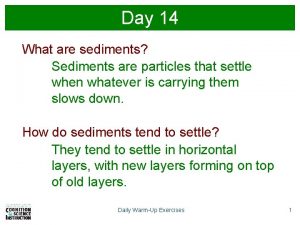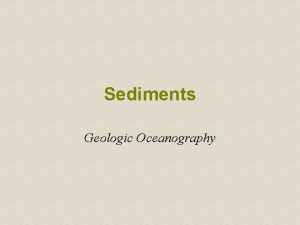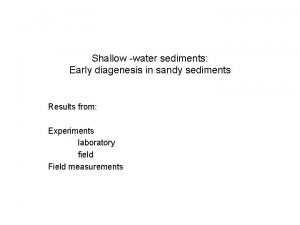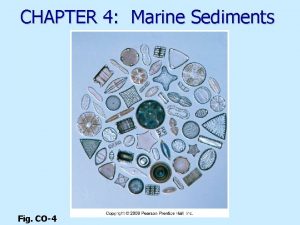Sediments and the Sea Floor Terrigenous Biogenous Hydrogenous

Sediments and the Sea Floor § Terrigenous § Biogenous § Hydrogenous § Cosmogenous § Volcanogenous

Sediments and the Sea Floor § Terrigenous (Land Based) - From the earth’s lithosphere is sometimes called Lithogenous - Mud and Clay deposits that include red clays - These sediments carpet the bottom of the ocean near almost all the continents in the area called the continental shelf

Terrigenous Sediment Erosion and Runoff from Landmasses Dust storms and winds can bring dust plumes across and into the oceans (off Africa) This glacier is approximately 88% below the surface! Glaciers cause the scrapping of materials from land

Benthic Exploration § History is recorded in ocean bottom sediments as they build up layer by layer. Ash from volcanic eruptions sinks and forms a layer, the shells of the organisms living there sink and form their layers. § Taking core samples from the bottom can give an indication of the conditions on the seafloor at that time

Biogenous Sediments § Must contain 30% or greater Organic material § Include the Oozes including CALCAREOUS – shells made of calcium carbonate SILICEOUS – shells made of silicon dioxide (also includes the diatoms frustules)

Biogenous Sediments Biogenic Oozes are composed of shells which are calcium carbonate based in many organisms. Each box is numbered with different organisms

Biogenous Sediments Radiolarians § Are considered protozoans with a siliceous outer shell § They have been in existence for over 540 million years § Each can form its own outer shell of crystal silica

Biogenous Sediment Diatoms § § Composed of Silica frustules Can be Centric or Pennate Have unique patterns Deposits can be over 100 meters thick § Considered a Phytoplankton

Biogenous Sediment Foraminiferans § Considered a Calcareous Protozoan § Shell called a “test” with ciliated extensions and composed of calcite § They can live in the top 100 meters of the ocean

Biogenous Sediment Coccolithophores § Considered a calcareous phytoplankton § Sometimes have 30 calcite plates § They were almost wiped out 100 million years ago § Mostly in the sub-polar region

Biogenous Sediment Pteropods § Multi-celled calcareous animals called the sea butterfly § Are Molluscs and form mucus feeding webs to snag phytoplankton § Prefer warmer waters

Biogenous Sediments These are Siliceous deposits from diatoms that formed siliceous oozes. Diatomaceous earth is an excellent abrasive and filtering agent

Hydrogenous (Authigenous) § Formed by the precipitation of chemicals in sea water (sometimes with bacteria) § Manganese Nodules (studied next) § Phosphorites (in areas high in organic matter forming from decomposition of shells and bones) § Glauconite (rich in iron in shallow water maybe up to 500 meters)

Hydrogenous Sediments The rings could tell the age The Oceans formed these deposits which are called Manganese Nodules. Besides Manganese, there are large concentrations of Cobalt, Copper, Iron and Nickel making them valuable. Notice a fossilized shark’s tooth that was found in a manganese nodule.


Cosmogenous Sediments They are from outside earth including § Space dust § Asteroids and Comets can form particles called TEKTITES with high Iridium concentrations

Volcanogenous Sediment Formed by volcanoes which can produce § Lava § Tephra § Gas Tephra are ash particles that can be in many forms and carry over long distances in the atmosphere

• Determining Past Climate Change Scientists have employed many methods to piece together the past climatic record -One such method is to look at sediments on the ocean floor -Research vessels produce sediment profiles from the bottom of the ocean -The sediment contains calcium carbonate shells from organisms that have lived near the earth's surface in the past -The type of calcium carbonate shell can tell you something about temperature since some live only within narrow temperature ranges.

Beach Dynamics
- Slides: 19

